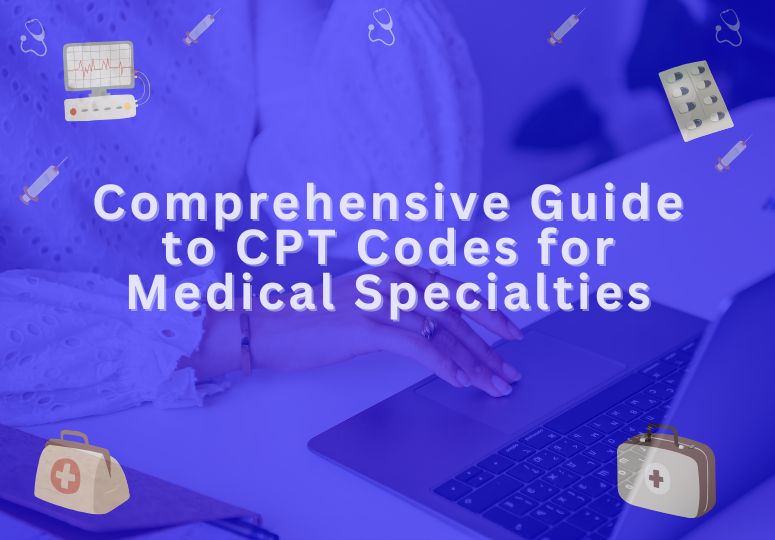Common Coding Mistakes and How to Avoid Them
Accurate CPT coding is crucial for ensuring proper reimbursement and avoiding audits. However, many practices continue to face challenges with common coding mistakes. Here’s a breakdown of the top 5 mistakes medical coders make and how you can avoid them.
Using Outdated CPT Codes
CPT codes are updated every year. Failing to use the latest codes can result in denied claims. Stay informed by subscribing to industry updates or using an automated coding tool that syncs with the latest CPT versions.
Underreporting Services Provided
Sometimes, additional services like preventive care or wellness checks are not captured properly in the coding process. Be sure to include all services rendered to maximize reimbursement.
Incorrect Use of Modifiers
Modifiers provide important details about the service rendered (e.g., if a service was bilateral or provided via telemedicine). Misusing or failing to use them can result in claim rejection or lower payment.
Upcoding
Overestimating the complexity of the visit or service provided and choosing a higher code can trigger audits. It’s crucial to match the patient encounter’s level of complexity with the correct code.
- Lack of Documentation
Medical coders often rely on inadequate or incomplete documentation to assign codes. If the documentation doesn’t support the selected code, the claim may be denied. Work closely with physicians to ensure proper documentation.
Tips for Avoiding Mistakes:
- Use a robust CPT code lookup tool to confirm the accuracy of your coding.
- Regularly train your staff on changes to medical coding and billing guidelines.
- Implement a quality assurance process to double-check codes before claims are submitted.




